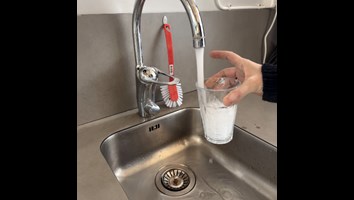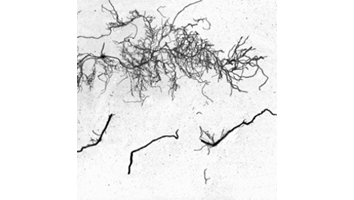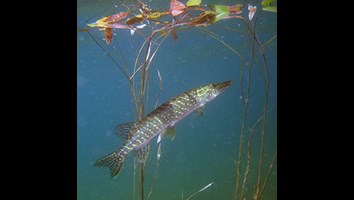Hazardous substances
SLU's research deals with hazardous substances both indoors and outdoors.
The aim of SLU's Environmental Monitoring and Assessment programme Non-toxic environment is to give an overall picture of Sweden's environmental status in relation to the occurrence and impact of hazardous substances. The programme provides data on which to base achievement of the Non-Toxic Environment environmental objective, and for action taken to ensure that environmental impacts remain within acceptable limits.

Stop the amount of PFAS in circulation
PFAS are chemicals that are both harmful to human health and difficult to break down. People can be exposed to PFAS in several different ways, including by drinking tap water. Since drinking water is

Can cadmium content in crops be controlled by selenium fertilization?
Swedish crops contain too little selenium and many people in Sweden has a selenium deficiency. A method to reduce uptake of the toxic heavy metal cadmium is to add selenium. In a new literature study

Per- and polyfluoroalkyl substances (PFASs) in Swedish household dust and exposure of pet cats
Per- and polyfluoroalkyl substances (PFASs) are used in a wide range of products and have been found ubiquitously in our indoor environment, and there is evidence that exposure to PFAS can lead to

Mercury
Did you know that current efforts to reduce mercury pollution could result in environmental recovery faster than had been expected? A recent scientific discovery indicates that it could be a matter